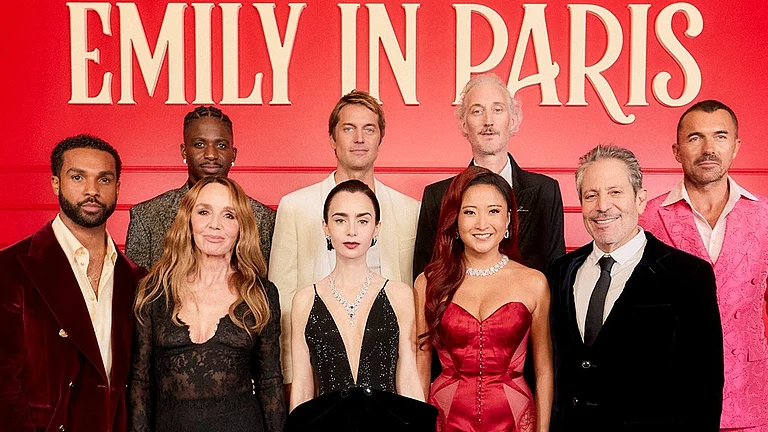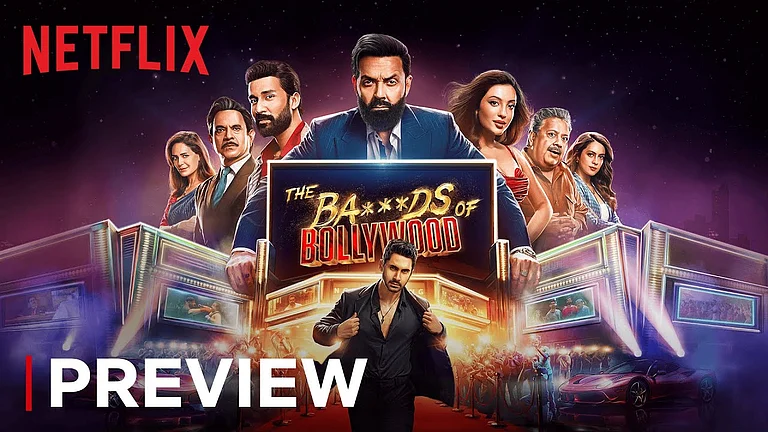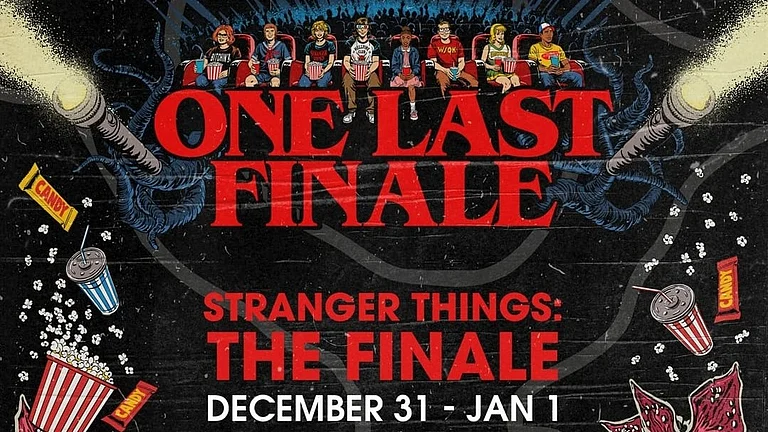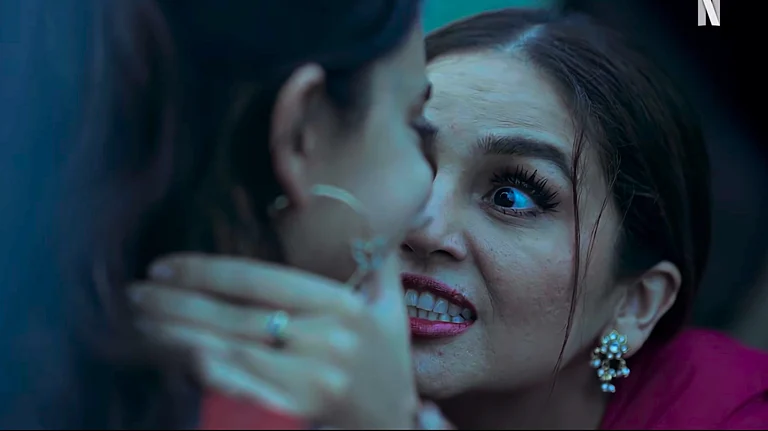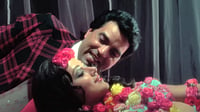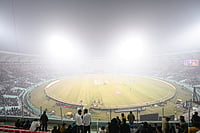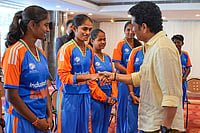
Season 2 of The Vince Staples Show released on Netflix on November 6.
It is sharp, mischievous, and pulsing with a strain of Afro-surrealism.
As Vince navigates generational trauma and family baggage, he deals with a world that still doesn't know what to do with his Blackness.
It’s almost absurd how quietly The Vince Staples Show season two has arrived on Netflix. Season one, which was released last year, is phenomenal. It is sharp, mischievous, and pulsing with a strain of Afro-surrealism that made every scene feel like it was teetering between reality and hallucination. It was a surreal, self-reflexive look at fame, race, money, and power in modern-day America.
Season one was sharper. What season two gains in coherence for its storyline, it loses in madcap energy. However, even with its slightly subdued form, this remains one of the most original and inventive series on streaming platforms right now. Created by Staples, alongside Ian Edelman and Maurice Williams, The Vince Staples Show is a hidden gem that deserves far more attention, especially from fans of stories like Boots Riley’s Sorry to Bother You (2018) and Donald Glover’s seminal Atlanta (2016).

Staples, playing a version of himself, performs with his entire being. He’s witty and heartfelt, weary yet perpetually on edge—the perfect embodiment of what it feels like to exist in a world that keeps stacking the odds higher against you. His expression often carries the fatigue of someone who’s seen too much absurdity to be shocked anymore. There’s a kind of knowing melancholy in his wry sense of humour as if every punchline carries a sigh underneath it. The show’s surrealism is built not on whimsy but on exhaustion; it’s the inanity of seeing how little the world changes for the better as time marches forward and prejudice keeps morphing.
This season follows Vince, his mother Anita (Vanessa Bell Calloway), and his sister Bri (Naté Jones) as they navigate the aftermath of the death of Vince’s uncle James (Beau Billingslea), a former football star. The family is headed to James’ will reading before they have to attend to his funeral.

The first episode sets the tone immediately. Vince is at a car rental with Anita, where he’s told he can’t rent a car because he’s misplaced his ID. In true Vince Staples Show fashion, he tries convincing the employee by listing his acting credits, “Abbott Elementary, White Men Can't Jump, The Vince Staples Show! A Netflix original. A mini-series?” This is not the first time the show gets meta. The absurdity is played straight—the comedy born from the show’s deadpan tone and Vince’s tendency to roll with the many oddities of this reality.
This uncanny journey continues with Vince and his mother escaping the rental after a violent altercation. They call Bri, who picks them up reluctantly—their family tension simmering beneath Anita’s passive-aggressive barbs about something Bri did during Juneteenth. A hit-and-run incident lands them at a neon-lit gas station-slash-petting zoo that materialises seemingly out of nowhere.

The story decidedly dips into the twilight zone territory next. At the will reading, a heroin-addicted lawyer announces Vince as the sole heir to James’ house and tasks him with delivering his uncle’s eulogy. Anita and Bri inform Vince that an entire family committed murder-suicide in the house and continues to haunt it till this day.
In this house, windows open by themselves, swings sway with no wind, and ghostly murmurs echo down the hall. But Vince barely reacts. The haunting feels less scary and more like a familiar nuisance. The humour here is in how utterly unbothered Vince is by the supernatural, as if being haunted is just another fact of his existence.
In addition to navigating generational trauma and family baggage, Vince has to deal with a world that still does not know what to do with his Blackness. Episode four introduces a twisted satire. Vince visits an exclusive social club for “Black people of excellence,” its walls lined with portraits of legendary figures, its halls staffed entirely by white employees. He’s only there to return a box that once belonged to Uncle James, but soon realises he cannot leave.
The club becomes a surreal maze of respectability politics and self-congratulation—a commentary on how institutions built to celebrate Black success can, paradoxically, perpetuate exclusion, hierarchy, and a deeply patronising form of othering. It’s an unnerving allegory about how Black creativity and trauma are often consumed as entertainment; how the spectacle of Blackness is commodified even in spaces supposedly meant to honour it.
However, Vince finally figures out how to break free. In the final moments of the season, when he delivers the eulogy, the show folds in on itself as it comments on life, death, fame, and farce.
If season one felt like a collage of existential skits, season two is more melancholic. Somewhere between the absurd and the profound, Staples leaves us with the recognition of the quiet tragedy of living in a world that never stops asking you to prove you belong.








